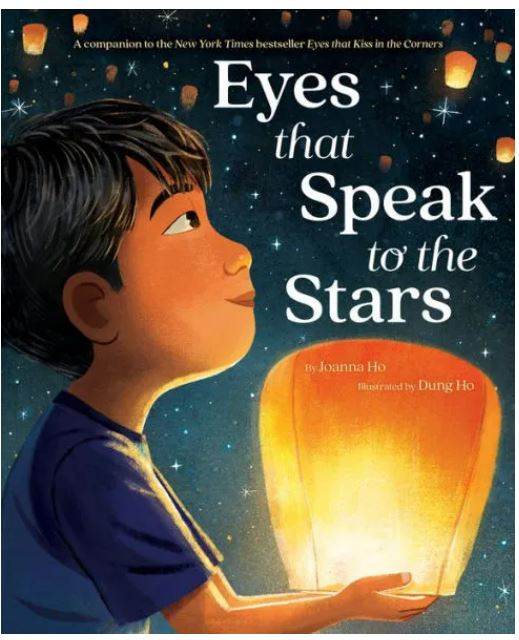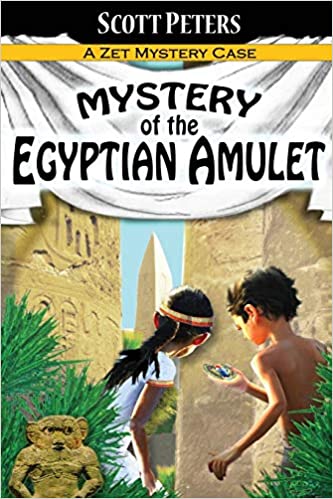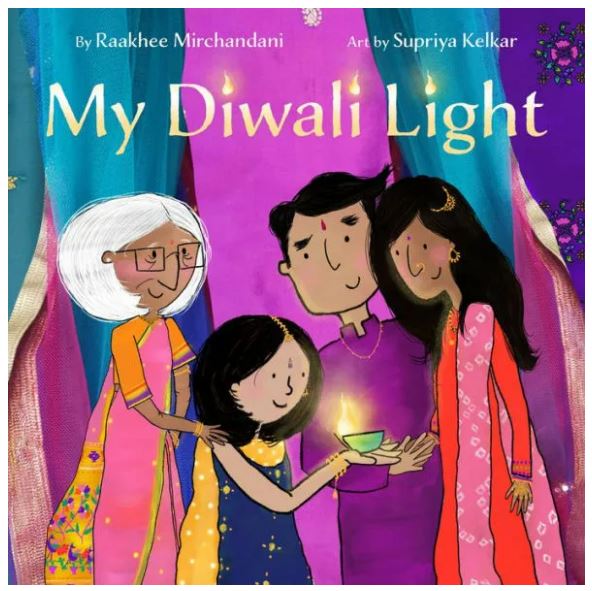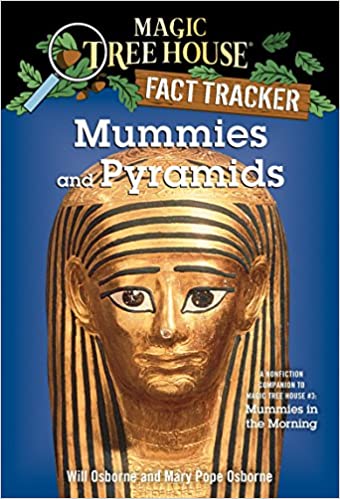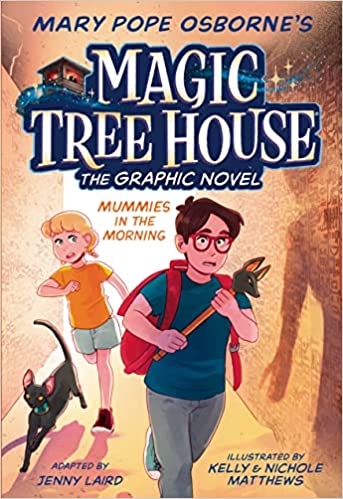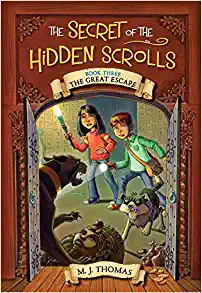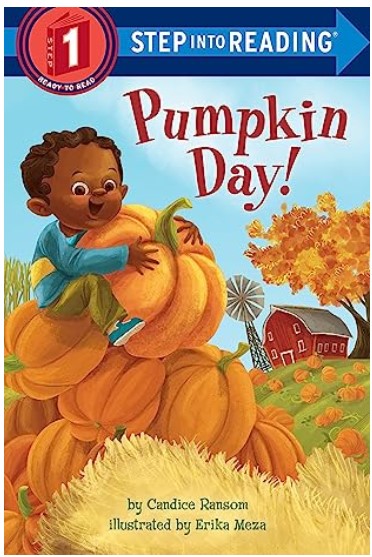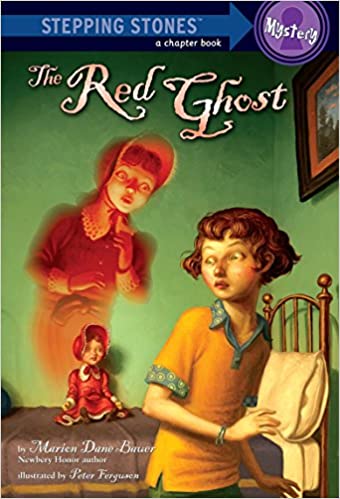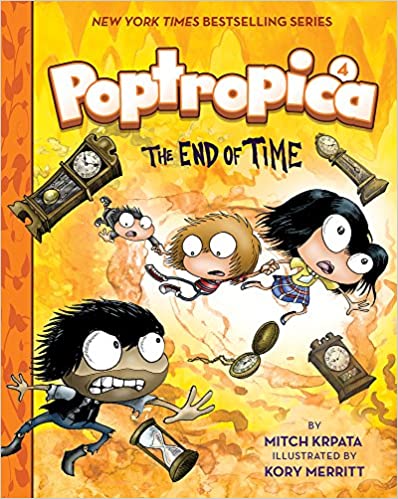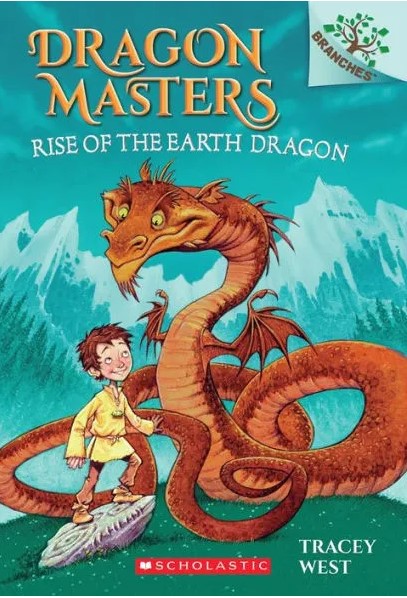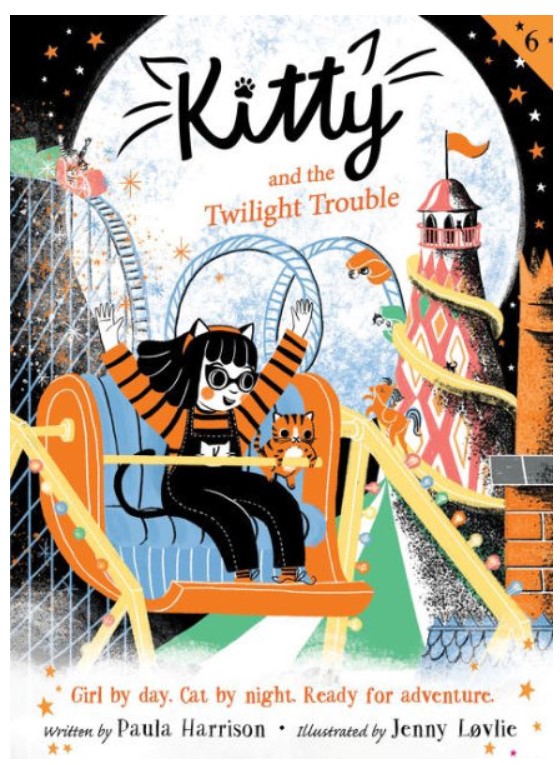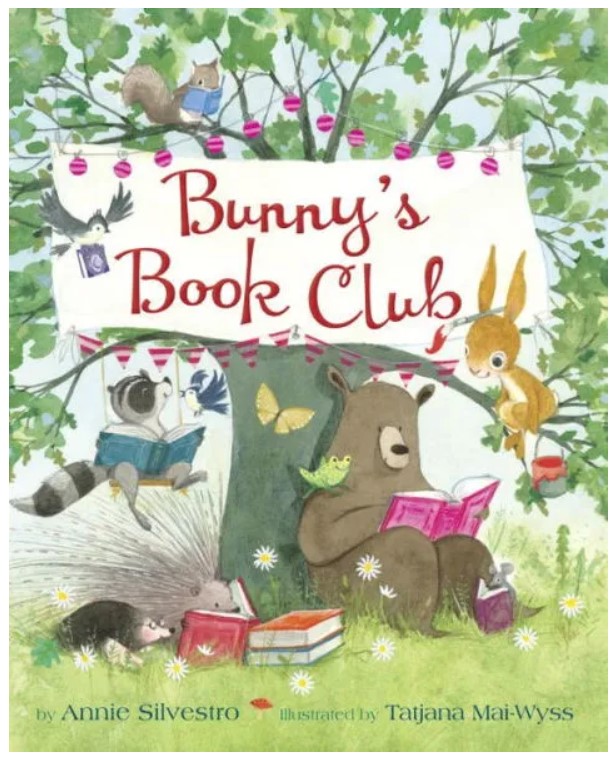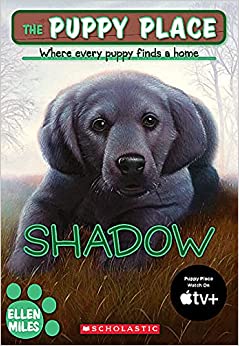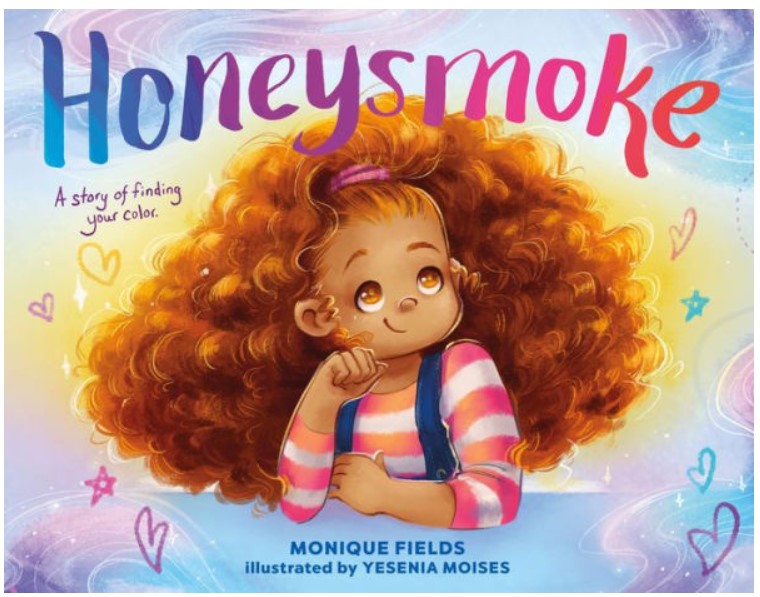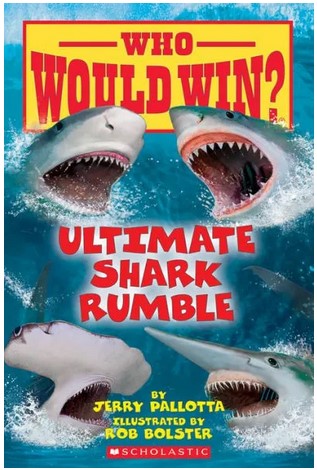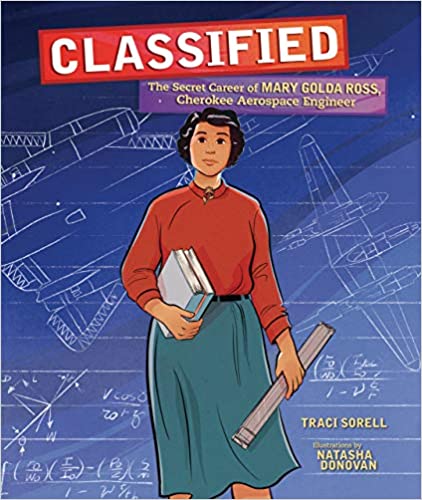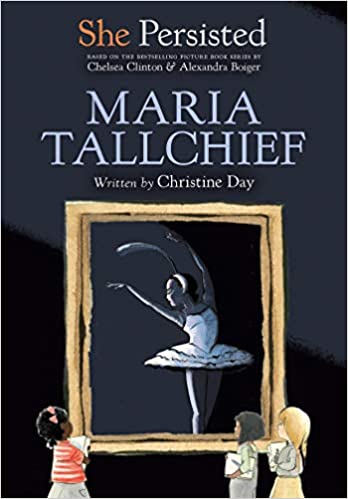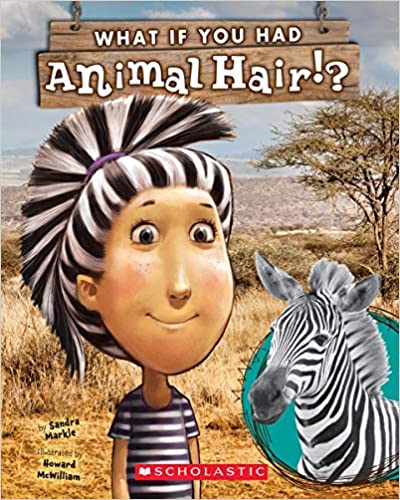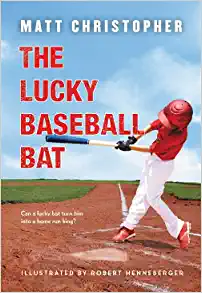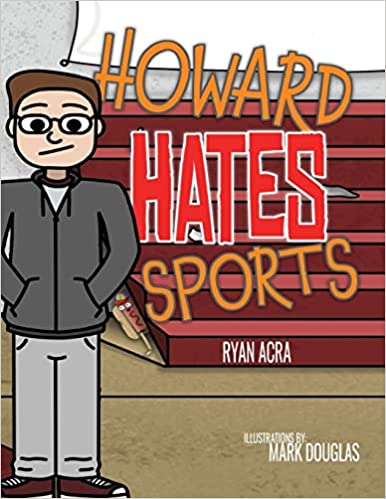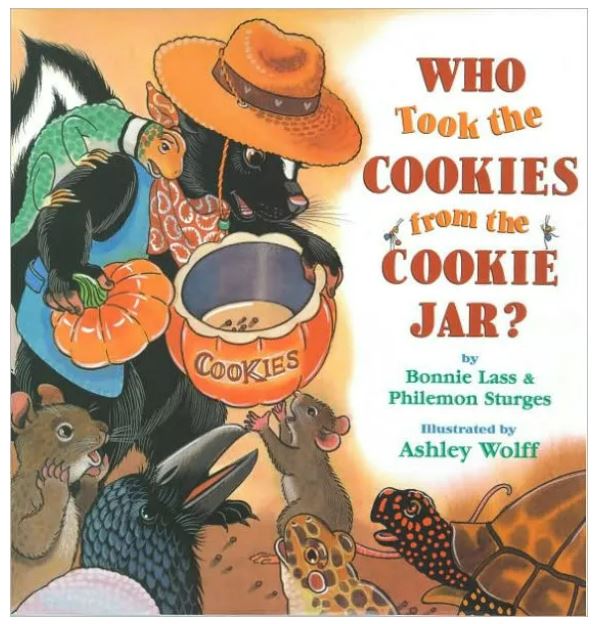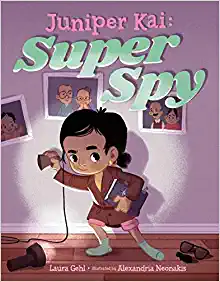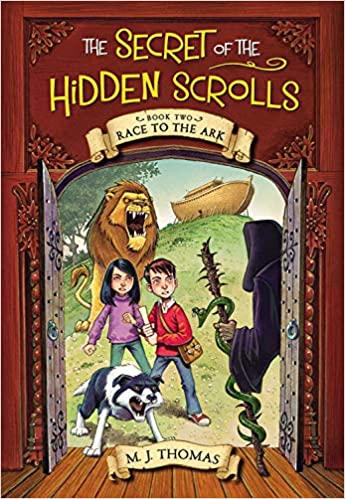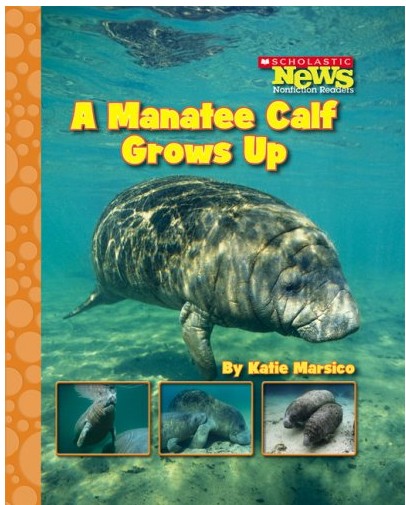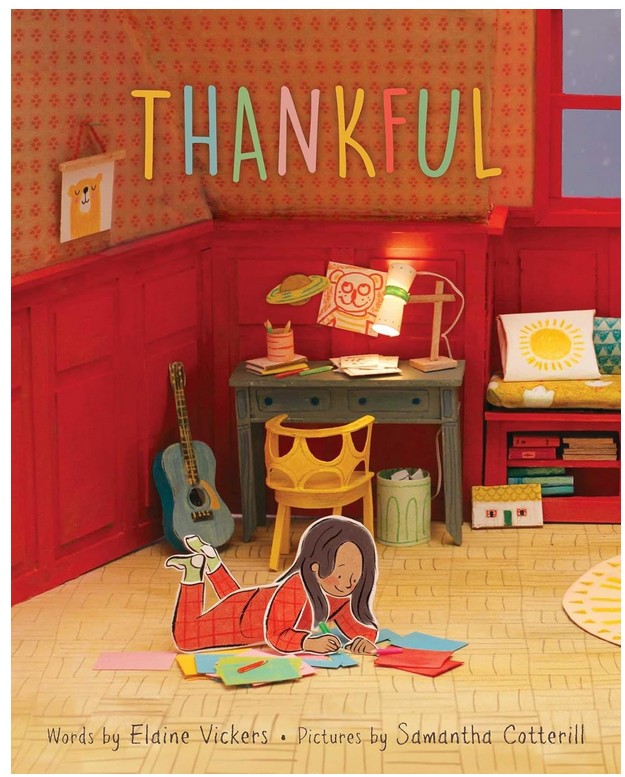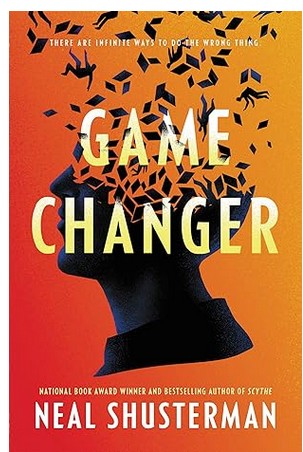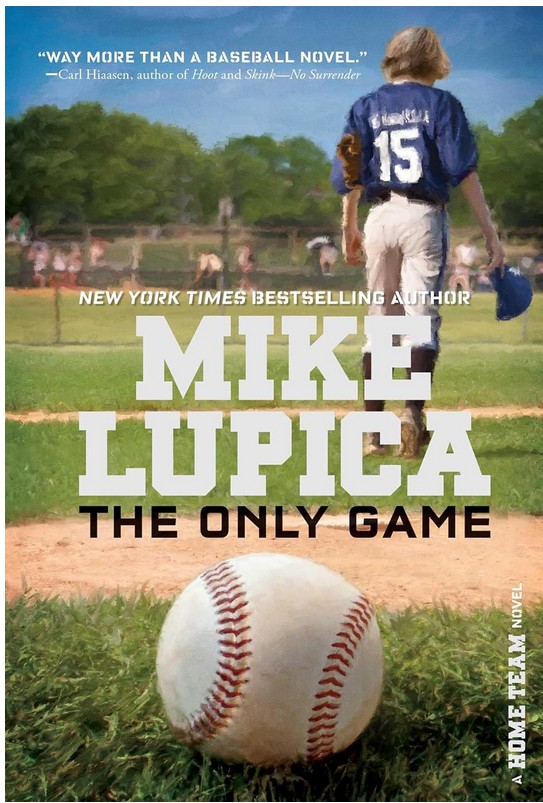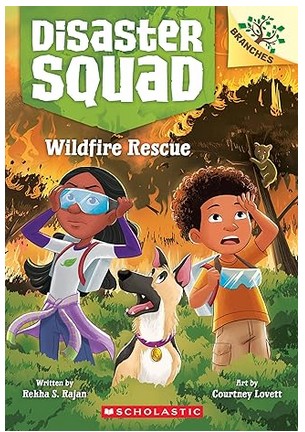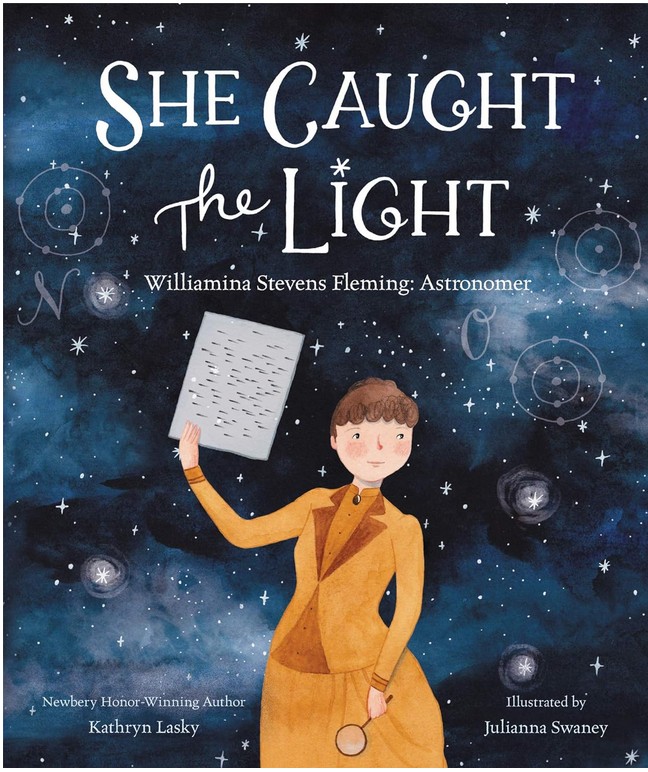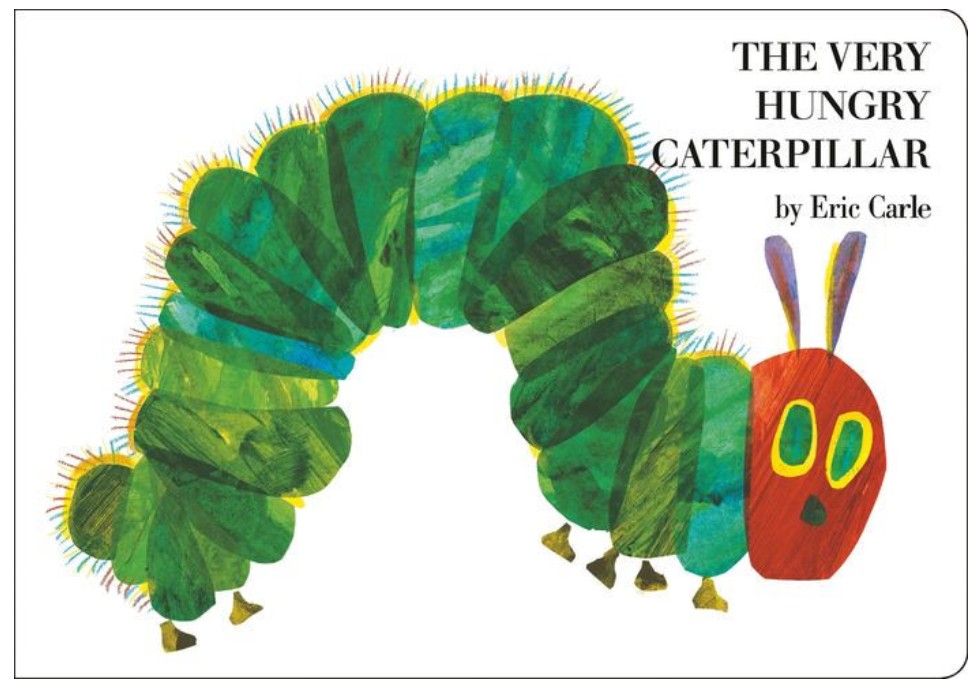A young boy comes to recognize his own power and ability to change the future. When a friend at school creates a hurtful drawing, the boy turns to his family for comfort. He realizes that his eyes have the power to rise to the skies and speak to the stars, shine like sunlit rays, and glimpse trails of light from those who came before. In fact, his eyes are like his father’s, his agong’s, and his little brother’s – they are visionary.
Inspired by the men in his family, the young boy recognizes his own power and strength from within. This extraordinary picture book redefines what it means to be truly you. The story celebrates the relationships between fathers and sons by showing the wonderful and loving relationship through three generations of men. Throughout the story, the boy comes to understand the beauty of his eyes—they are just like his family members’ eyes.
The beautiful illustrations have elements that highlight how each member of the family looks similar. The pictures also have elements of the family’s culture in them such as dragon kites, the deity Mazu, and a café in Japan. However, when the boy begins to understand the power of his eyes, the illustrations feature fanciful celestial illustrations that reinforce the boy’s sense of power. As the boy stands on a planet, a starlight dragon behind him, the boy thinks, “I am the emperor of my own destiny. I read a bright future in the stars and will fight to make it reality.”
While Eyes that Speak to the Stars celebrates an Asian boy, anyone who has been teased because of their physical appearance will feel empowered by the picture book. Even though Eyes that Speak to the Stars is a picture book, the figurative language may be difficult for young readers to understand. Therefore the story will need to be read aloud to a child, rather than for the child to read it themselves. If you’d like to introduce more stories that focus on self-love, check out I Am Enough by Grace Byers, Not Quite Snow White by Ashley Franklin, and Sulwe by Lupita Nyong’O.
Sexual Content
- None
Violence
- None
Drugs and Alcohol
- None
Language
- None
Supernatural
- None
Spiritual Content
- The story mentions Mazu, the Goddess of the Sea, who is a deity popularly worshiped in various parts of Southeast Asia. Through Agong’s eyes, the boy sees “Mazu’s miracles showing mercy from on high.”
